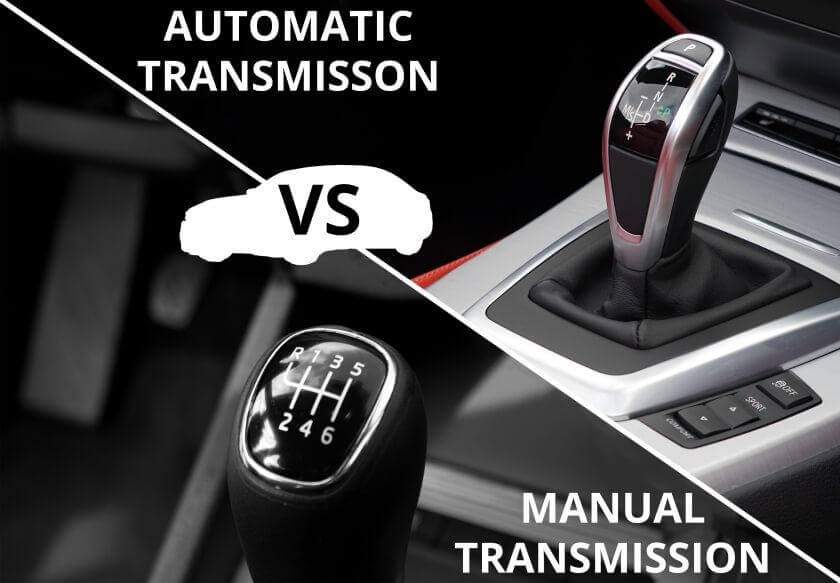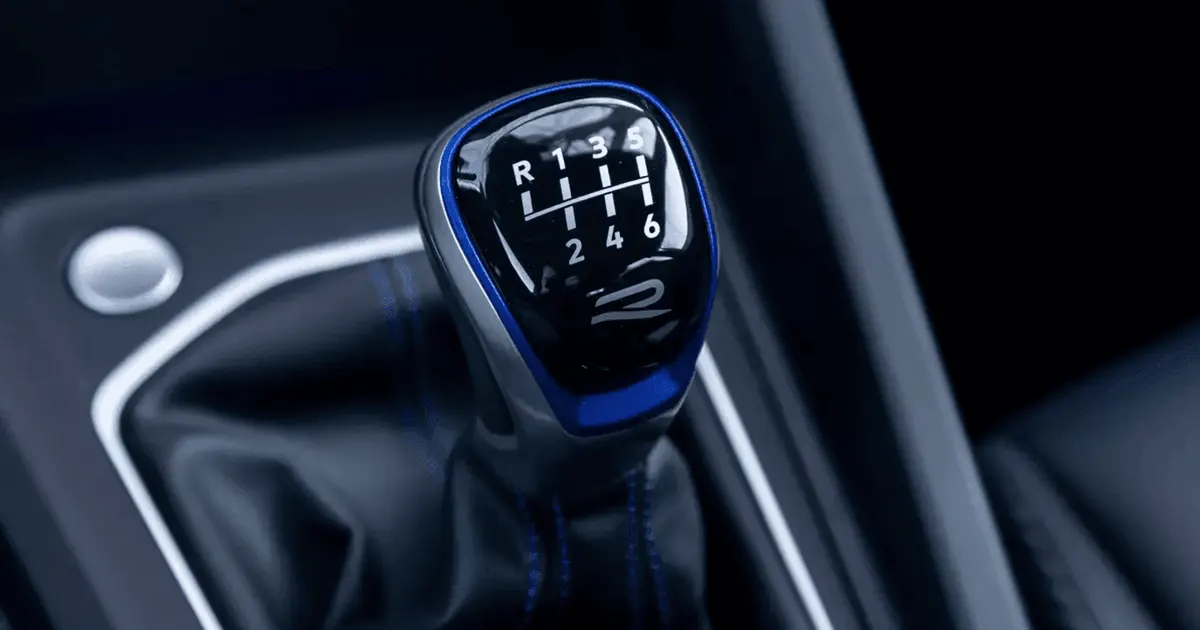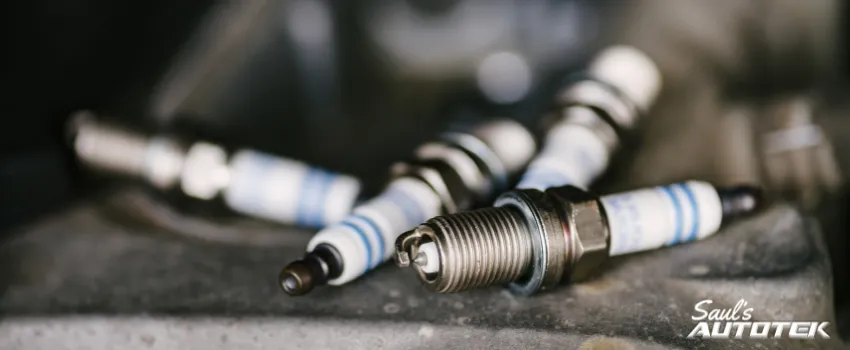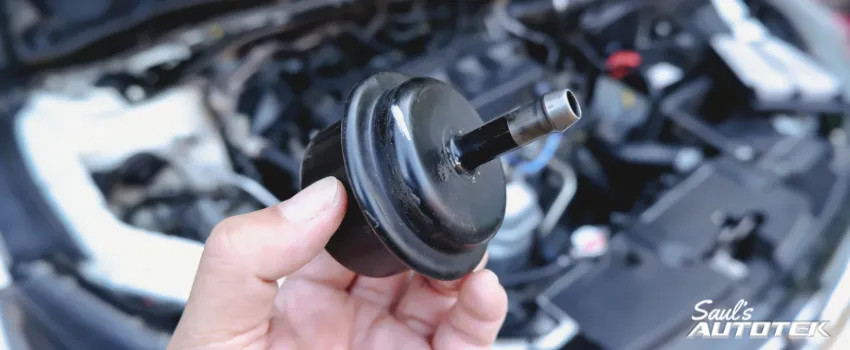If you’re like most people, you probably think of a manual transmission as something that’s only found in cars. But did you know that manual transmissions are also used in trucks? In fact, many truck drivers prefer to use a manual transmission because it gives them more control over the vehicle. If you own a car or truck with a manual transmission, it’s important to learn how to properly maintain it. In this article, we will discuss some tips that will help keep your car or truck running smoothly.
Manual transmission vs automatic transmission

Before we get into the tips, it’s important to understand the difference between a manual transmission and an automatic transmission. A manual transmission is a type of transmission that uses gears to change the speed and torque of a vehicle. The driver has to manually shift the gears in order to change the speed of the vehicle. An automatic transmission, on the other hand, uses a series of hydraulics and sensors to automatically shift the gears for the driver.
Now that you know the difference between these two types of transmissions, let’s take a look at some tips for maintaining a manual transmission:
Check the fluid level regularly
One of the most important things you can do to maintain your manual transmission is to check the fluid level regularly. The fluid helps to lubricate the gears and keep them running smoothly. If the fluid level gets too low, it can cause the gears to grind and wear down. To check the fluid level, simply remove the dipstick from the transmission and wipe it off. Then, reinsert the dipstick and pull it out again. The fluid should be at the full line on the dipstick. If it’s not, add more fluid until it reaches that level.
Shifting Gears
Another important tip for maintaining your manual transmission is to shift gears properly. When you’re shifting gears, it’s important to let off the gas pedal and depress the clutch fully before you move the shifter. Otherwise, you could damage the clutch or cause the engine to stall. Also, make sure that you’re shifting into the correct gear.
Come to a complete stop
Whenever you’re shifting into reverse, it’s important to come to a complete stop first. Otherwise, you could damage the gears. Pay attention to your vehicle’s mileage to avoid transmission problems
One of the best ways to avoid transmission problems is to pay attention to your vehicle’s mileage. Most transmissions need to be rebuilt or replaced after around 100,000 miles. So, if you keep track of your mileage, you’ll know when it’s time to have the transmission serviced.
Don’t ride the clutch
Another important tip is to avoid riding the clutch. When you ride the clutch, it causes the gears to slip and grind against each other. This can lead to premature wear and tear on the transmission. If you’re not sure what riding the clutch means, it essentially means keeping your foot on the pedal while the car is in motion. For example, if you’re stopped at a light and keep your foot on the pedal, you ‘re riding the clutch. It’s best to take your foot off the pedal and let the car idle until you’re ready to move again.
Manual transmission fluid
Over time, the fluid in your manual transmission can become dirty and contaminated. This can cause a variety of problems, such as gears slipping or grinding. To prevent this from happening, it’s important to have the fluid flushed and replaced on a regular basis. A good rule of thumb is to have the fluid flushed every 30,000 miles or so.
Manual Transmission Maintenance Schedule
Of course, the best way to keep your manual transmission in good working order is to follow a regular maintenance schedule. This schedule should include:
- Checking the fluid level regularly
- Having the fluid flushed and replaced every 30,000 miles
- Avoiding riding the clutch
- Inspecting the clutch for wear and tear
- Checking the transmission for leaks
Common Manual Transmission Problems
Burning Smell: If you notice a burning smell coming from your car, it could be due to a variety of things. But if the burning smell is accompanied by gears slipping or grinding, it’s likely an issue with your manual transmission.
Leaking Fluid: If you see fluid leaking from your car, it’s important to take it to a mechanic right away. A leaking transmission can cause a lot of damage to your car, and it’s not something that you should try to fix on your own.
Grinding Gears: If you hear grinding noises when you shift gears, it’s likely an issue with the clutch or the transmission itself. This is generally not a do-it-yourself fix, so it’s best to take your car to a mechanic.
Costly transmission repairs
If you don’t maintain your manual transmission, it can eventually lead to costly repairs. In some cases, the damage may be so severe that you have to replace the entire transmission. To avoid this, it’s important to be proactive and take care of your transmission before problems arise.
Choosing a transmission repair shop
If you do find yourself in need of transmission repairs, it’s important to choose a reputable shop. There are a lot of fly-by-night shops out there that will take your money and do a poor job. Do your research and read reviews before choosing a shop. At Saul’s Autotek, we employ the latest technology and hire ASE Certified technicians with over 30 years of transmission repair experience. We are open 365 days a year for your convenience.
Final Thoughts
These are just a few tips to help you maintain your manual transmission. By following these simple manual transmission maintenance tips, you can keep your car or truck running smoothly for many years to come. Thanks for reading!






